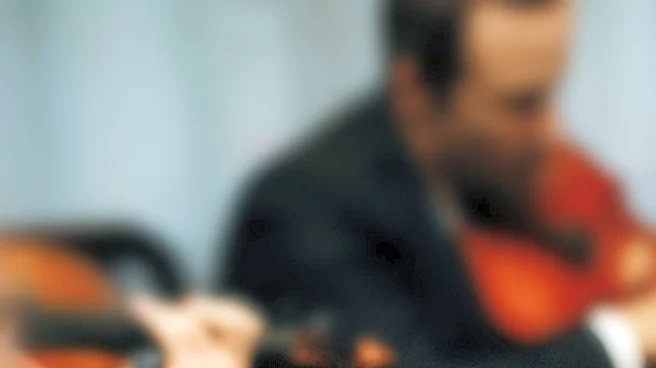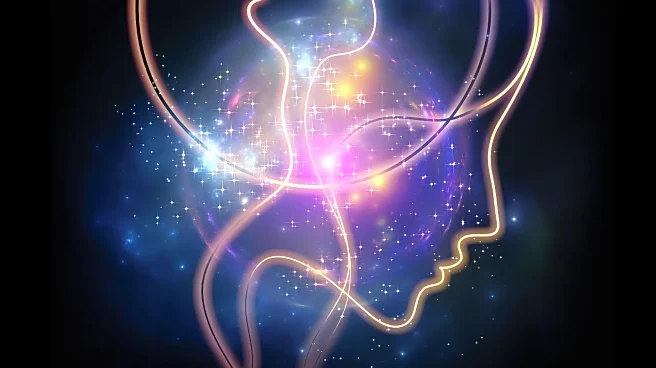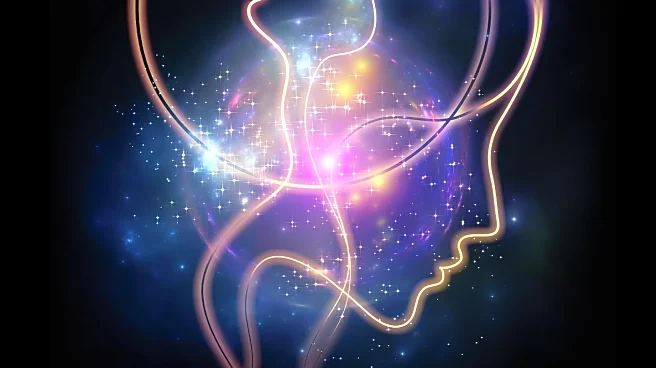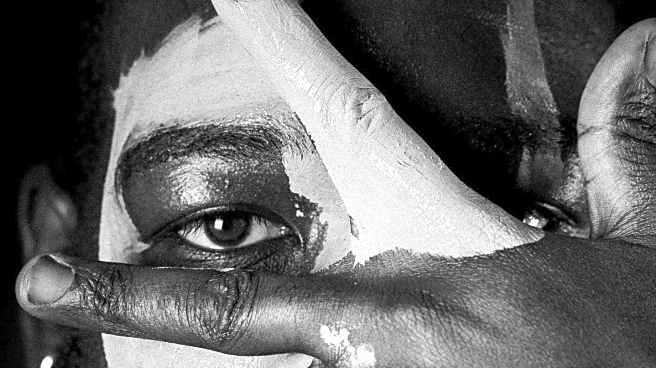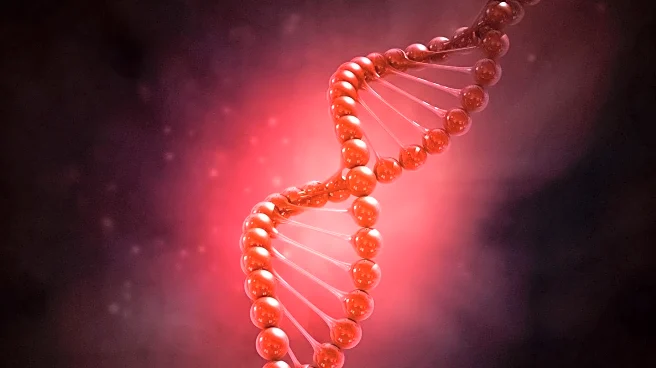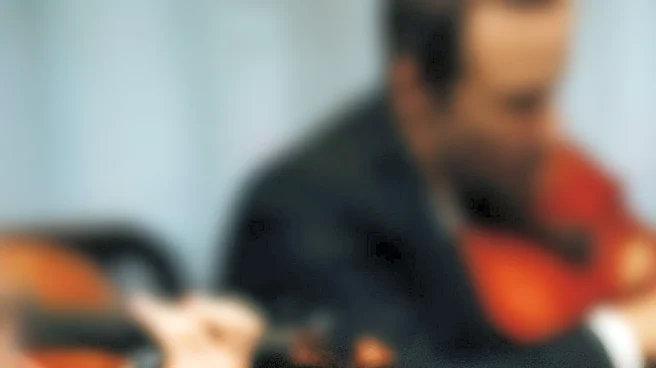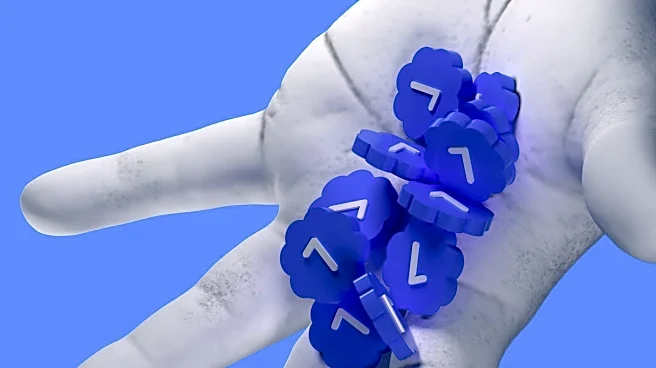What is the story about?
What's Happening?
A recent study has found that musicians experience pain differently compared to non-musicians, due to the extensive brain training involved in musical practice. Researchers induced hand pain in both musicians and non-musicians using a compound called nerve growth factor, which temporarily causes muscle ache. Using transcranial magnetic stimulation, they mapped brain activity before and after the pain induction. The study revealed that musicians had a more refined hand map in their brains, which remained unchanged despite the pain, while non-musicians experienced a reduction in their brain's hand map. This suggests that musical training provides a buffer against pain, altering the brain's response to discomfort.
Why It's Important?
The findings of this study are significant as they offer insights into how long-term training can alter pain perception, potentially leading to new treatments for chronic pain sufferers. Understanding the resilience of musicians to pain could pave the way for therapies that retrain the brain to manage pain more effectively. This research highlights the broader implications of brain plasticity and its role in pain management, suggesting that activities like musical training could be harnessed to improve quality of life for those with persistent pain conditions.
What's Next?
The research team plans to further investigate whether musical training can protect against cognitive and attention alterations during chronic pain. The goal is to develop therapies that leverage brain retraining to alleviate long-term pain. This could lead to innovative approaches in pain management, offering hope to individuals suffering from chronic pain by potentially reducing their discomfort and improving their daily functioning.
Beyond the Headlines
The study underscores the potential of non-pharmacological interventions in pain management, emphasizing the role of brain plasticity in shaping sensory experiences. It raises ethical considerations about the accessibility of such training and its integration into traditional pain management practices. The cultural dimension of music as a therapeutic tool also emerges, suggesting a shift towards holistic approaches in healthcare.
AI Generated Content
Do you find this article useful?
